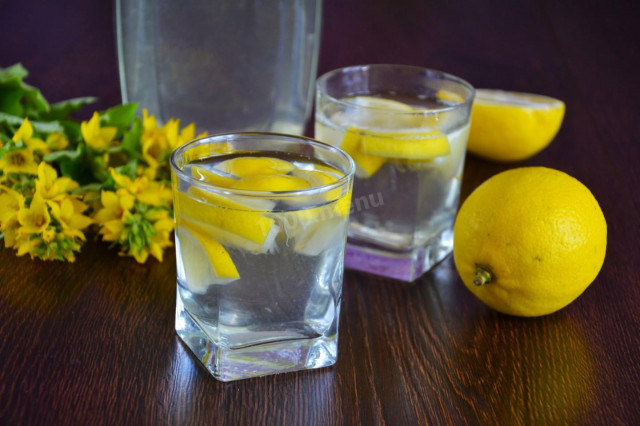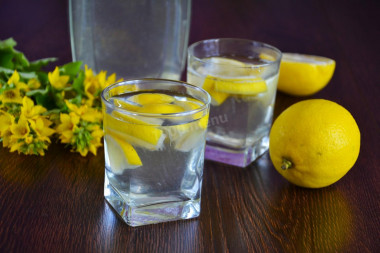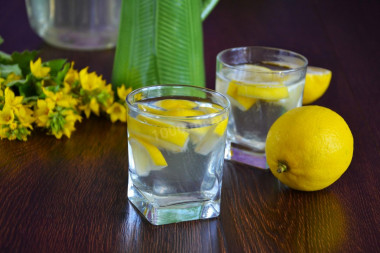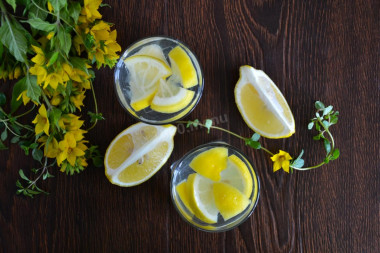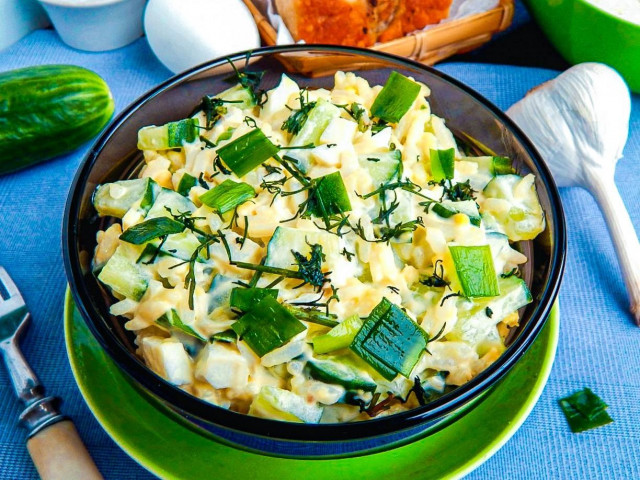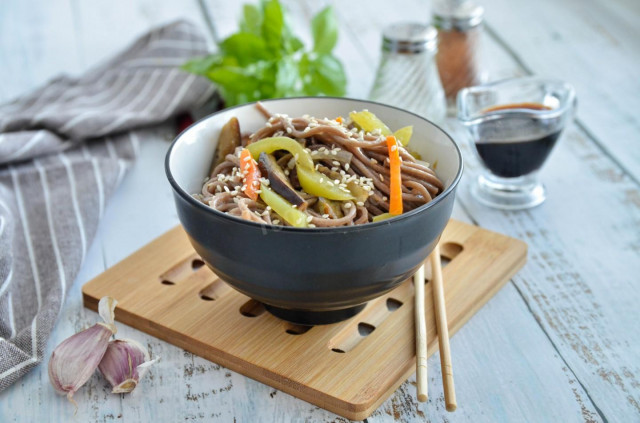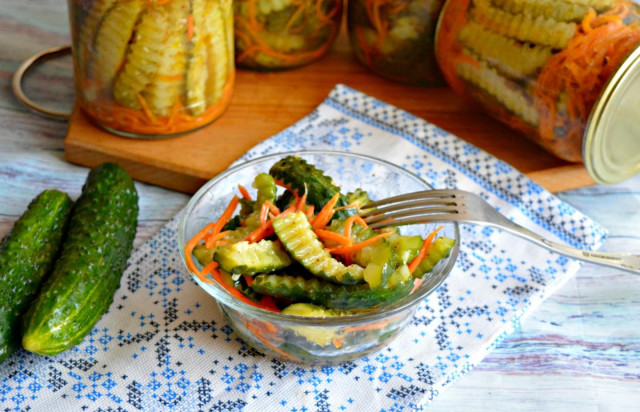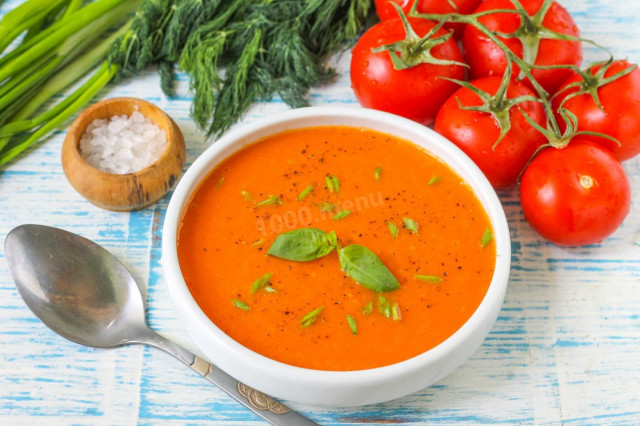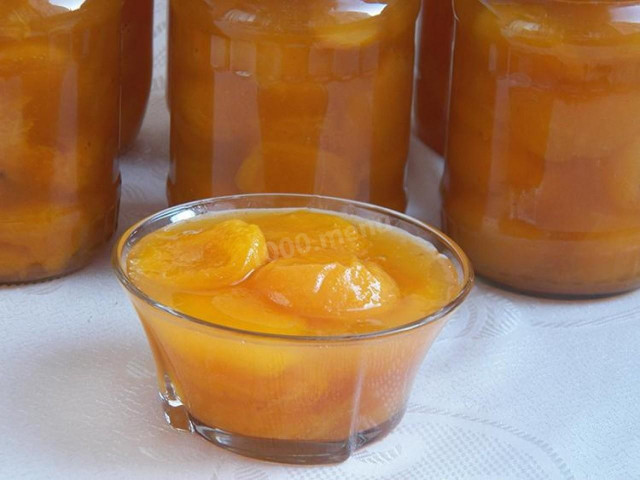Composition / ingredients
Step-by-step cooking
Step 1:
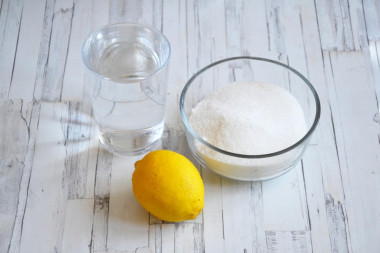
How to make lemon compote for winter? Prepare the necessary ingredients for the compote. Take a large, juicy, fresh lemon with a pronounced aroma. The skin should not be dry and wrinkled. Such lemons have been lying for a long time and compote with them is unlikely to turn out delicious.
Step 2:
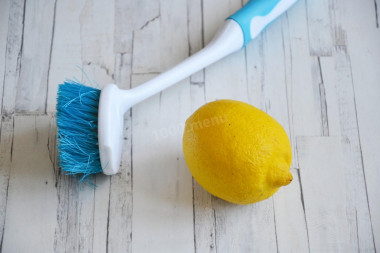
Since lemon is used in compote along with the peel, rinse the fruit thoroughly, rub with a brush and rinse again.
Step 3:
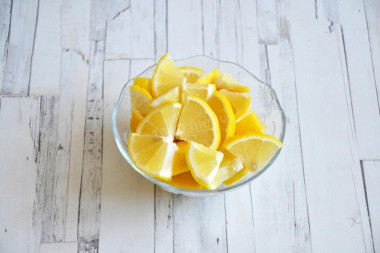
Cut the lemon in half lengthwise, each half also cut lengthwise into two parts. And cut the resulting oblong slices into not very thick slices. You should get quarters. You can cut lemons for compote in different ways, but the larger the area of contact of the fruit with water, the more juice it will give.
Step 4:
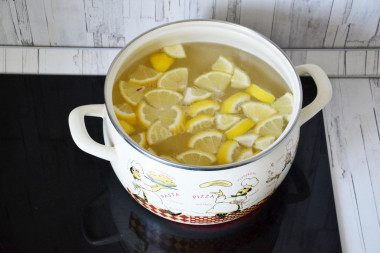
Boil 3 liters of water in a saucepan. Taking into account the boiling, you should end up with compote just for 1 three-liter jar, taking into account fruits and sugar. Lay out the lemon slices and add sugar. Carefully, so as not to overwhelm the fruit, mix everything until the sugar is completely dissolved. Bring the compote to a boil again and boil for another 2-3 minutes.
Step 5:
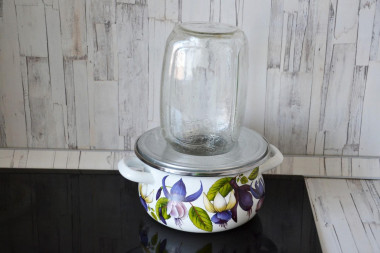
Wash the jars and lids for compote thoroughly inside and out and sterilize. This can be steamed using a special lid for sterilization or calcined cans in the oven. If you sterilize cans in the oven, then do not put them immediately in a hot oven, otherwise they will burst from the temperature difference. You need to put the cans in a cold oven on the grill so that they heat up gradually.
Step 6:
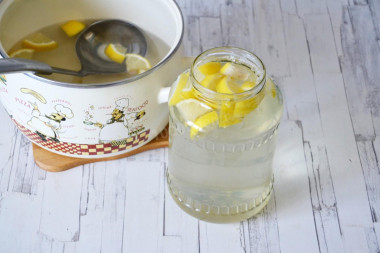
Pour the compote into jars. I had one two-liter jar and one liter. You can use one three-liter jar. Additionally, it is not necessary to sterilize the compote, because there is so much citric acid in it, which prevents the reproduction of bacteria when properly stored.
Step 7:
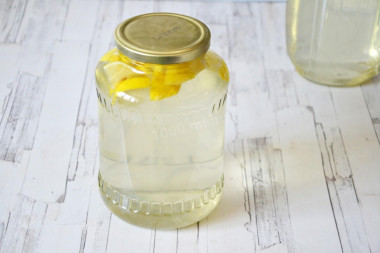
Close the cans with screw-on lids or roll up the tin lids with a key.
Step 8:
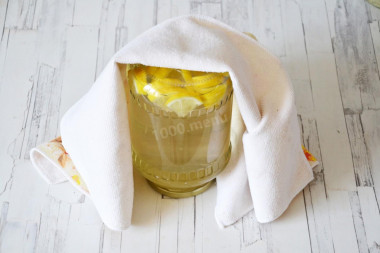
Turn the jars upside down, wrap them up and leave them to cool completely. Turn the jars with the cooled lemon compote back upside down. Store the compote in a cool, dark place without direct sunlight. Ideally, this is a cellar, but a regular closet will do. Keep the open compote in the refrigerator. Bon appetit!
It is better to sterilize the cans in parallel with cooking the compote so that the cans do not have time to cool down. Because if recently boiled compote is poured into completely cooled jars, the glass may crack. Also, dust and bacteria will not have time to settle on the cans and lids.
Therefore, I usually prepare the base on one burner, and at the same time sterilize the cans on the other. The lids are sterilized in parallel in water in the same pan.
Sterilized jars should be immediately covered with sterilized lids.
Lemon and grapefruit compotes can be bitter, But in my opinion it is normal that such a compote is slightly bitter: there is also a white layer between the pulp and the upper zest. If it is not removed, any compote after infusion will be bitter. And the thicker this layer, the more bitter the drink will be.
Personally, such bitterness does not bother me. But if you want to remove it completely, then you need to remove a thin layer of zest separately, without affecting the white part, then cut off the white crust from the pulp. And make compote only from the yellow pulp and directly from the zest. And throw out the white part.
Instead of sugar, you can use a sweetener that is not afraid of heat treatment.
Caloric content of the products possible in the composition of the dish
- Lemon - 16 kcal/100g
- Lemon zest - 47 kcal/100g
- Granulated sugar - 398 kcal/100g
- Sugar - 398 kcal/100g
- Water - 0 kcal/100g

